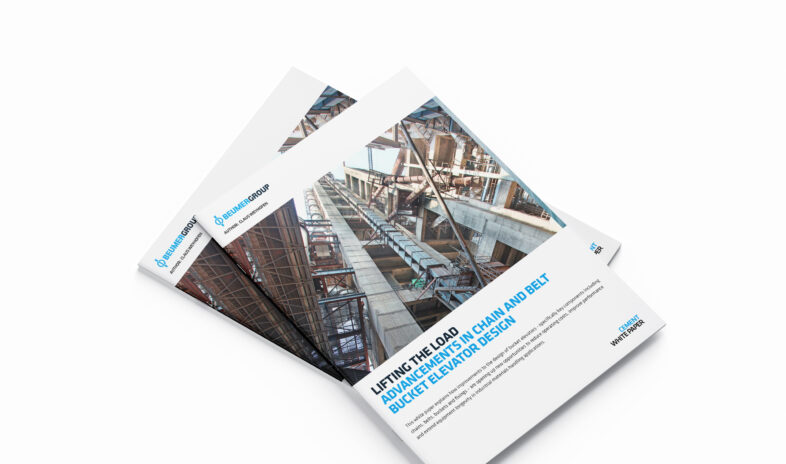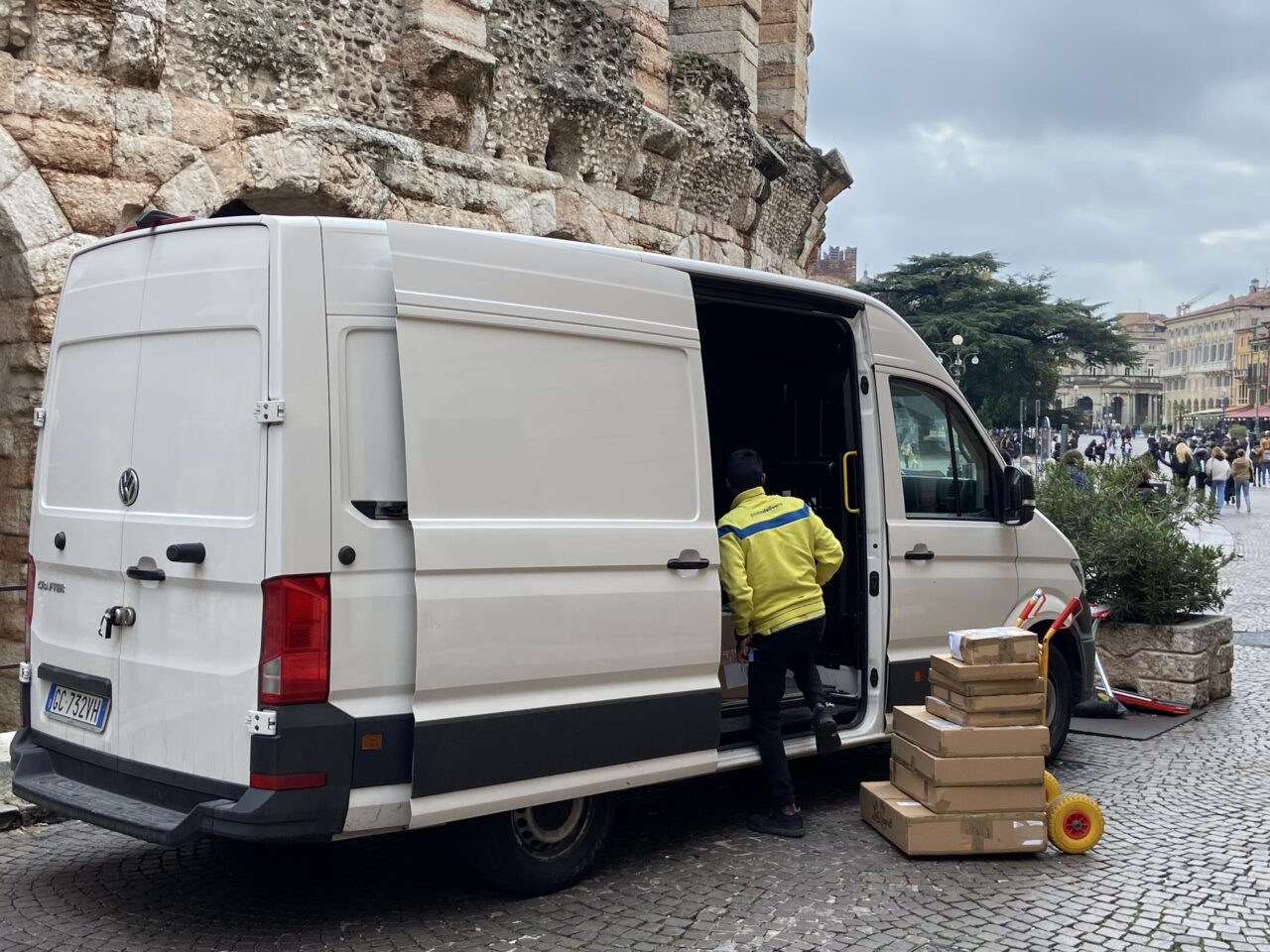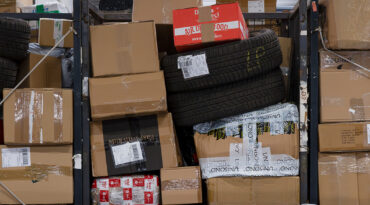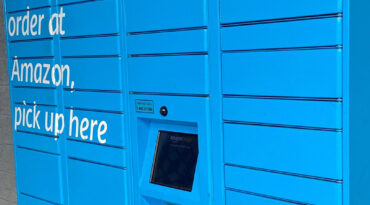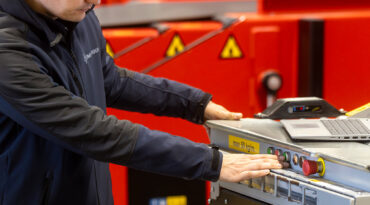Why lockers tick most boxes
Østergaard has seen the success of lockers first-hand in his native Denmark, where consumers are happy with a convenient Slipper Distance if they can make deliveries more sustainable:
“Since their launch by DHL 20 years ago, lockers are really taking off in the Nordics and Europe in general – end-consumers are happy they can pick up parcels 24/7 instead of waiting at home, and they are also thinking more sustainably.”
Home deliveries are often seen as an integral part of receiving a parcel, but maybe it’s time for the industry to “sacrifice one of our Holy Cows”, reasons Østergaard, and Toime concurs:
“In The Last Mile, the ultimate winners will find optimum delivery models with lockers, better drop density, click & collect etc. It is an ongoing gradual evolution.”
Data-sharing key to cracking the Last Mile
To enable a more profitable Cost of Drop, the CEP operators need more data, and they can achieve this by sharing more of their data with the end-consumers.
After all, senders might be asked how they want their parcels delivered, but how often are end-consumers asked about how they would like to receive them?
Enhancing their omnichannel capabilities is key to CEP operators becoming “top logistic operators committed to environmental sustainability”, asserts Thierry Golliard, Director of Innovation and Venturing at Swiss Post, but they’re not quite there yet:
“Customers expect a seamless user experience, regardless of the digital touchpoints they have with delivery companies. The industry has improved many related aspects but still has a long journey ahead to offer this seamless experience we’re all aiming for.”
TAKEAWAY
Are CEP operators and e-tailers listening to their end-consumers enough? Many opt to shop online because it’s less expensive than going to a physical store, but deliveries can be both cheap and sustainable. If the only extra cost is walking a ‘Slipper Distance’ to pick up the parcel, then they tend to be invested. CEP operators who find out how far they’re prepared to walk can dramatically reduce their ‘Cost of Drop’ and rake in the profits.


